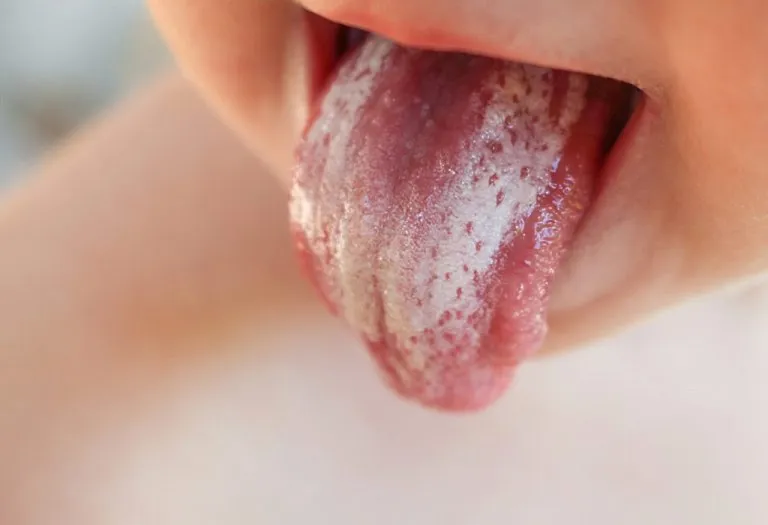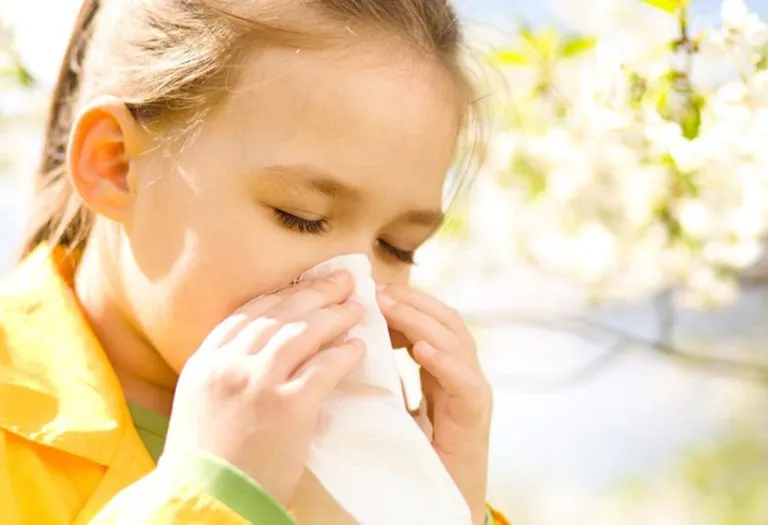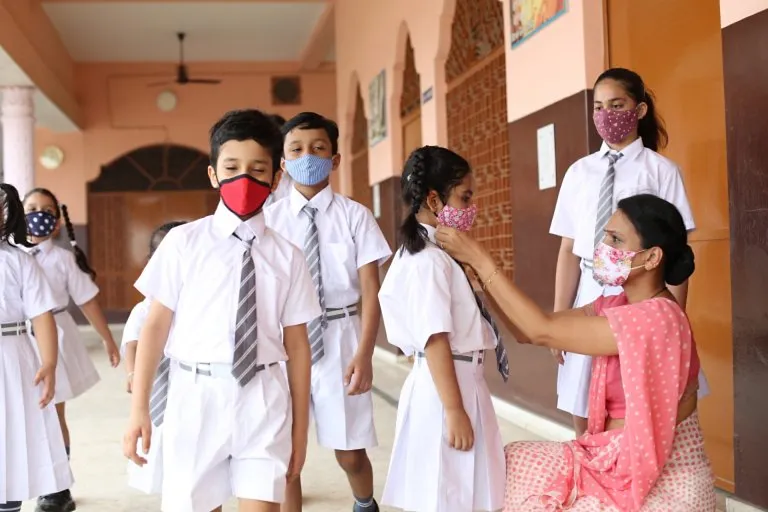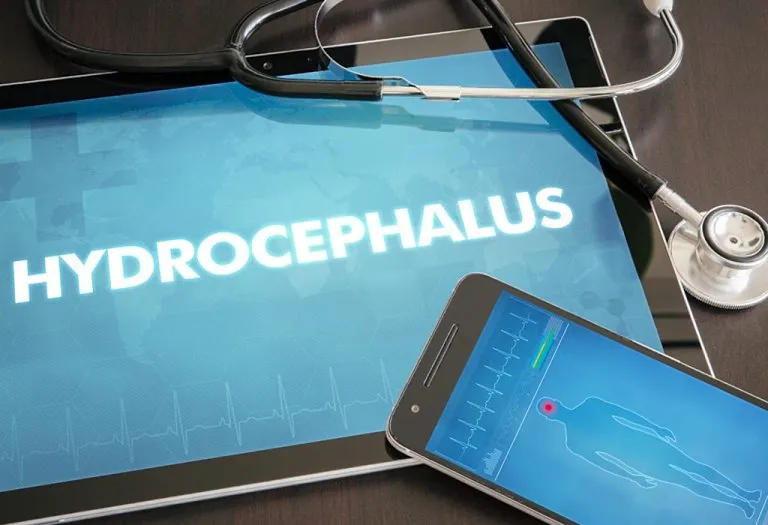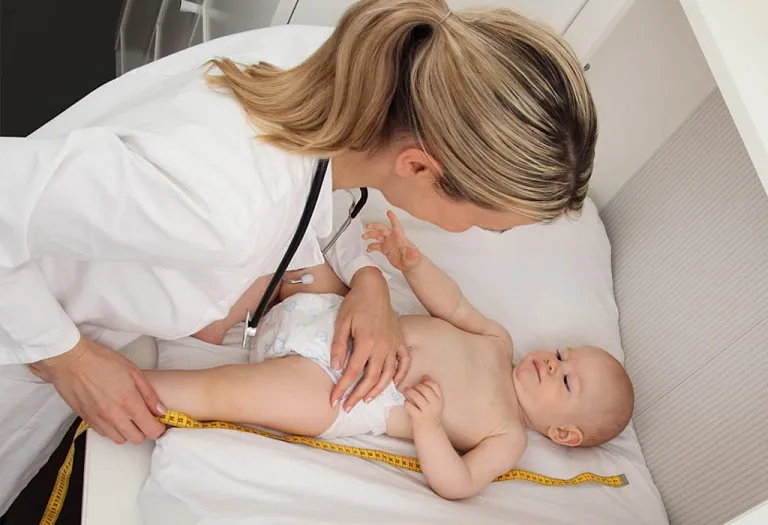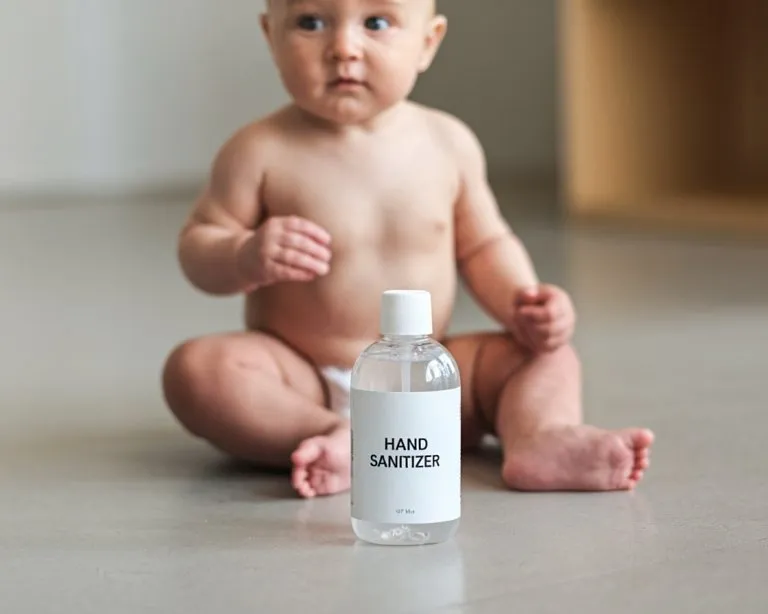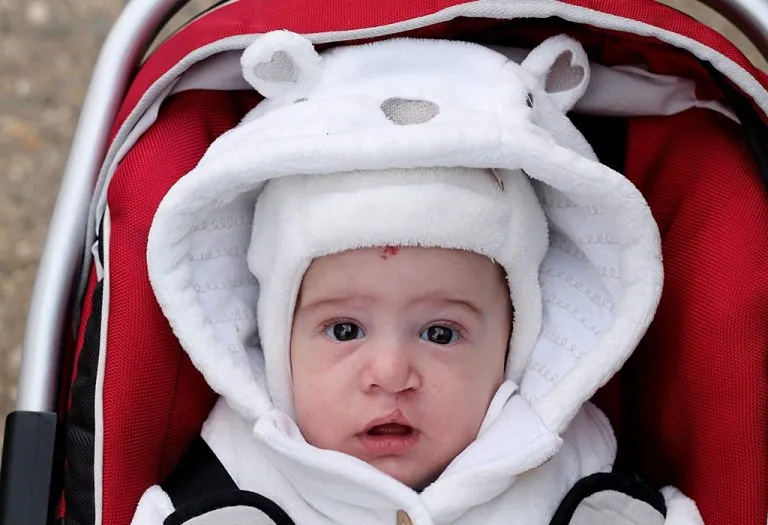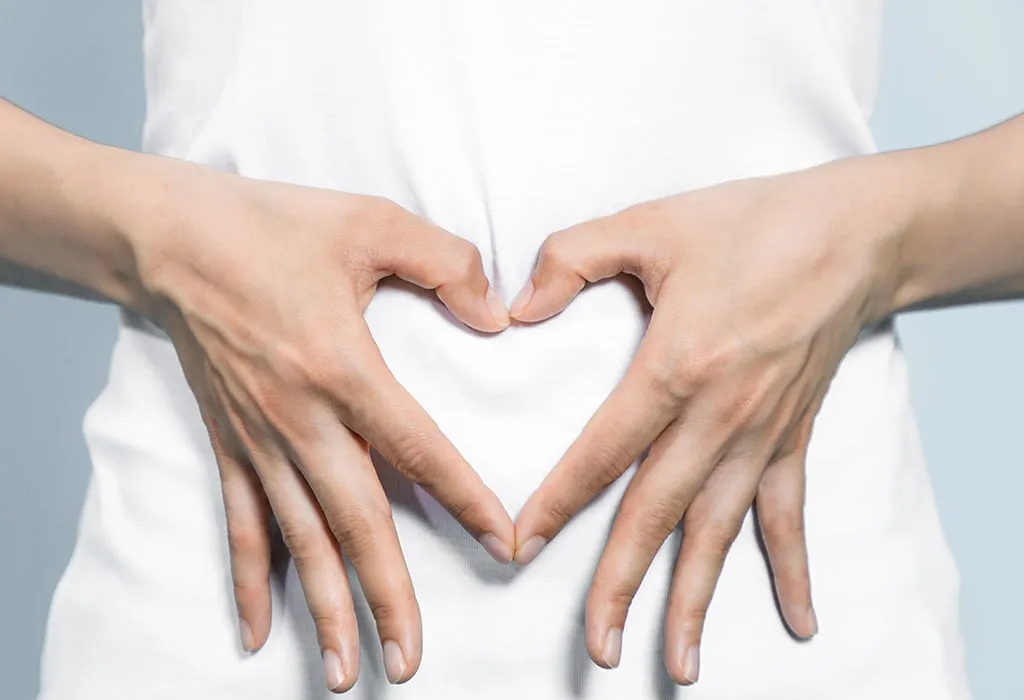Oral Thrush in Babies – Symptoms, Causes, and Treatment

After the birth of her baby, every new mother revels in the little joys of motherhood. Cuddling and cooing are excellent ways to bond with your baby, and you want to ensure your little one is safe and healthy. However, when you notice tiny white spots inside the baby’s mouth, it may worry you. Relax, as this could be baby mouth thrush, a common fungal infection in babies until they are two months old. Learning about oral thrush in babies, including whether it is severe, what treatment options are available, and how it can be prevented, can help keep your little one’s life trouble-free and your parents’ lives smoother. In this article, we discuss everything about neonatal oral thrush from A to Z.
What Is Oral Thrush in Infants?
Thrush is a fungal oral infection that affects infants, infecting the inner cheeks, the roof of the mouth, and the tongue. Although it is relatively easy to treat, it can cause irritation and is a source of concern for new mothers. You may notice it when white or yellow patches begin to appear inside the baby’s mouth, particularly on the tongue, lips and the roof. It is also known to spread into the tonsils, throat or the oesophagus. This infection will not have any visible effects on the baby, nor is there any kind of soreness or pain (1).
Oral Thrush Symptoms in Infants
The distinctive white or yellowish patches found inside the baby’s mouth are the most prominent symptom of baby thrush. Here are the symptoms or signs of thrush in babies you must be aware of (2):
- A white coating on the inside of the mouth and on the tongue. The coating has a texture similar to cottage cheese or thick curd.
- White-coloured soft lesions on the roof of the baby’s mouth, cheek insides and tongue.
- Refusal to feed and crying while sucking (3).
- Patches of milk-like patches that cannot be rubbed off.
- Tiny crack at the corners of the mouth.
What Causes Oral Thrush in Babies?
The fungus Candida albicans causes this yeast infection, known as oral thrush. Excessive growth of this fungus is the primary cause of oral thrush in infants (4). The following factors are also responsible for this growth in infants:
- Oral thrush occurs when the baby comes in contact with the fungi during delivery.
- It is also caused by hormonal changes in the baby.
- Antibiotics taken by the mother, especially when she is breastfeeding, can promote thrush (5).
- Wrong sterilisation and cleaning of milk bottles or pacifiers can cause thrush in infants.
How to Ensure the White Patches in the Baby’s Mouth Are Oral Thrush?
Before beginning treatment, you must ensure that the patch is not oral thrush. If you notice a similar patch on your baby’s tongue and you are able to clean it, it could be residual milk. However, if these patches appear in other areas of its mouth and cannot be rubbed off, it may be thrush (6). Your baby may cry during nursing or while using a pacifier.
How Is Oral Thrush Diagnosed?
Your baby’s doctor will inspect it to check if any obvious signs of thrush are present. He may rub a cotton swab on the infected area and examine it in the laboratory. If the doctor gets proof of Candida infection, he will run a culture test in order to confirm the diagnosis.
Treatment & Medication for Oral Thrush in Babies
Although oral thrush is cured on its own within a couple of weeks, in case your baby experiences discomfort, the doctor may prescribe the following neonatal oral thrush treatment options:
1. Miconazole
This is an anti-fungal gel designed to kill the Candida germs. The gel must be applied after feeding. Ensure you follow the doctor’s instructions carefully.
2. Nystatin
These are anti-fungal medicinal drops which are an alternative for thrush in infants. Your doctor may prescribe it if your baby is unable to use miconazole.
3. Acetaminophen
This medication is prescribed when the infection becomes painful. Acetaminophen helps to reduce the pain considerably and the baby’s irritability, too.
How to Prevent Oral Thrush in Babies?
Since oral thrush can be passed on from the mother to the baby, she should speak to the doctor if she develops a vaginal yeast infection during pregnancy. Mothers who have pain or discharge from the nipples should get themselves examined for a yeast infection and get antifungal treatment for it. This could prevent the virus from being passed on to the baby during breastfeeding. Keeping pacifiers and feeding bottles sterile can help prevent oral thrush (7).
Home Remedies for Thrush in Babies
Here are some known natural remedies for oral thrush in infants to complement medical treatment. Always check with a paediatrician before using any remedy.
1. Saltwater Rinse (very mild)
Dissolve about ½ teaspoon of salt in 1 cup of warm (but not hot) water, then use a cotton swab to gently dab the affected areas in the baby’s mouth. This can help soothe irritation and create a less favourable environment for yeast growth (8).
2. Baking Soda Solution
Mix ½ teaspoon of baking soda in 1 cup of cooled boiled water. Use a clean cotton swab to apply this lightly to the white patches several times a day. The alkalinity may inhibit Candida growth.
3. Coconut Oil Application
Using a clean cotton swab, gently apply a thin layer of coconut oil over the white patches inside the mouth. Some studies suggest that its fatty acids may have antifungal activity. Be cautious about possible allergies or choking risk.
4. Strict Hygiene of Feeding Items
Sterilise pacifiers, bottles, nipples, and any toy that goes into the baby’s mouth daily (e.g. boil 10 minutes or steam) to reduce reinfection risk. Replace or sterilise frequently used items until the thrush clears (4).
5. For Babies Old Enough: Plain Unsweetened Yoghurt or Probiotics
If the child is eating solids, giving plain, unsweetened yoghurt containing live cultures may help introduce beneficial bacteria that compete with Candida. In infants, applying a tiny amount with a swab (if safe and approved) is sometimes suggested.
Important note: These remedies are not substitutes for antifungal therapy when needed. In babies, prescription antifungal agents (e.g. nystatin or miconazole) are often required. If symptoms don’t improve in a few days, or feeding becomes difficult, consult a paediatrician promptly.
Can You Breastfeed Your Baby With Thrush?
A baby with oral thrush can pass it on to your nipples during feeding time. Although oral thrush is harmless, if the mother is infected too, she will pass it back to the baby. This can happen especially if your nipples are cracked or sore. Ensure you get treated along with the baby to keep this infection at bay.
Suggestions for Breastfeeding Mothers
- Applying antifungal cream to your nipples can treat the infection. This will ensure that you and the baby do not pass it on to each other.
- Make sure you do not apply any medicine inside the baby’s mouth, as breastfeeding will wash it away.
- If you are using a breast pump to express milk, make sure that it is properly sterilised. Immerse it in boiling water or steam for at least 20 minutes after every use.
- Make sure your nipples are air-dried between feedings. You can also expose your breasts to natural sunshine to keep the yeast infection under check.
When to Consult the Doctor
While oral thrush in infants is a common infection, visit your doctor if you have confirmed its presence in your baby’s mouth. Generally, this yeast infection will clear up on its own within a couple of weeks. However, if it does not, then it is definitely time to speak to the doctor. Visit the doctor if you are unsure whether the white patches seen in your baby’s mouth are indeed signs of oral thrush.
FAQs
1. How common is oral thrush in babies?
Oral thrush is commonly seen in babies younger than 10 weeks. Approximately one in seven babies develops oral thrush at some point. It can occur in older babies, too (10).
2. Is thrush in the mouth contagious?
Oral thrush in babies is not contagious and can be easily treated with antifungal medication. However, it makes the baby quite irritable and fussy. Proper care and medication can take your baby through this trying period.
3. Is thrush painful for infants?
Thrush in infants is generally not painful, but it can cause some discomfort. Your baby may be reluctant to feed and even feed intermittently due to some soreness in the mouth.
If your baby develops oral thrush, make sure you treat it with care and comfort. Speak to your medical practitioner if you feel worried about your baby. If the doctor has prescribed any kind of medication, make sure you are following the instructions completely. Finally, you should remember that this infection will make its presence felt for some time and will disappear on its own or through medication.
Also Read:
Gray Baby Syndrome
Reasons of Croup in Babies
Bacterial Infection in Babies
Was This Article Helpful?
Parenting is a huge responsibility, for you as a caregiver, but also for us as a parenting content platform. We understand that and take our responsibility of creating credible content seriously. FirstCry Parenting articles are written and published only after extensive research using factually sound references to deliver quality content that is accurate, validated by experts, and completely reliable. To understand how we go about creating content that is credible, read our editorial policy here.
1. Mayo Clinic – Oral thrush Symptoms & Causes
3. HSE – Oral thrush (mouth thrush)
4. Nidirect – Oral thrush in babies
6. NHS – Oral thrush (mouth thrush)
7. Nemours KidsHealth – Oral Thrush
8. Mayo Clinic – Oral thrush Diagnosis & Treatment
9. Pregnancy Birth and Baby – Oral thrush in babies and children






